Choosing and functionalizing libraries
RAW is a complete digital workflow for copying natural morphology, individualised and simplified in Dentcof’s philosophy and optimised for both open and closed CAD-CAM Systems. The protocol was developed, implemented and first published in Quintessence in 2017. The protocol is the subject of a 3 day intensive course organised by Dentcof and can be accessed here.
In a nutshell, RAW is a library centric workflow, and as the name suggests, it is designed to preserve the shapes from the libraries and minimise the post-milling process.
Initial documentation
Documentation is the initial step of any digital workflow, including Raw. During consultation, the following are standardised:
- Intra-oral photos – Contain accurate information on intra-oral initial situation
- Portraits ( photo and/or video ) – Contain the facial data that will be used in smile design relating the future smile to the face
- Intra-oral scans – Contain the initial information of the two arches and the inter-maxillary relation between them.
- CBCT – Contains bone information, to be used in planning crown-lengthening procedures, implant planning or ortho movements.
- Jaw Motion – Contains the dynamic records of Open-close , guidance, phonetics and mastication, as well as CR records, that will be used in both diagnosis and design.
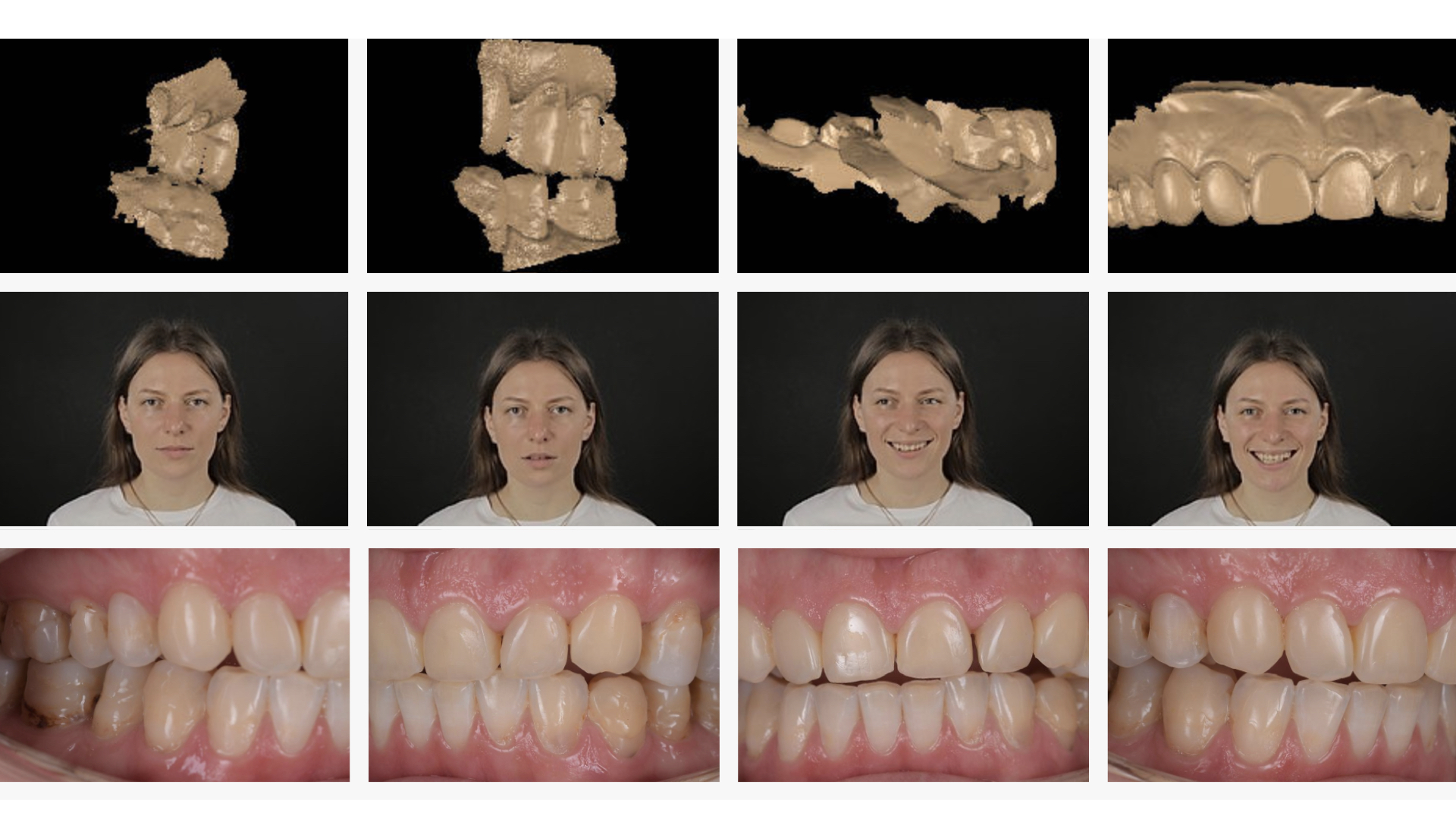
Choosing a library
We use Smilecloud to select and render libraries in the form of a virtual mock-up. Patient can be involved in the selection process, as this can be done in real time. As a particularity in this case, patient insisted for very specific canine shapes, which, without the possibility to render in real time, we would have never proposed or guessed.
Once the dentist inputs the esthetic parameters, Smilecloud will work as a real time search engine, proposing libraries that fit the search criteria. Once one is chosen, the user has 2 options. One is DIY, which is free of charge. You download the library, and position it in 3D yourself, in the software of your choice. Examples are here. Other is you order it, and you receive a file to review and print within 24 hours.
Functionalizing the library
Design is functionalized first in static ( CR in this case ), then in all functional movements: guidance, phonetics and mastication. A kois deprogrammer was designed and milled in this case to assist the CR registration. Also the vertical dimension is reduced because we felt it was unnaturally augmented with the composite overlays the patient had when she came to us. It doesn’t matter if the case is additive or reductive, as reduction will be performed digitally. At the end of the process, design of final both upper and lower arch should be complete in the form of a printable file. These files are then printed and used to fabricate reduction guides.
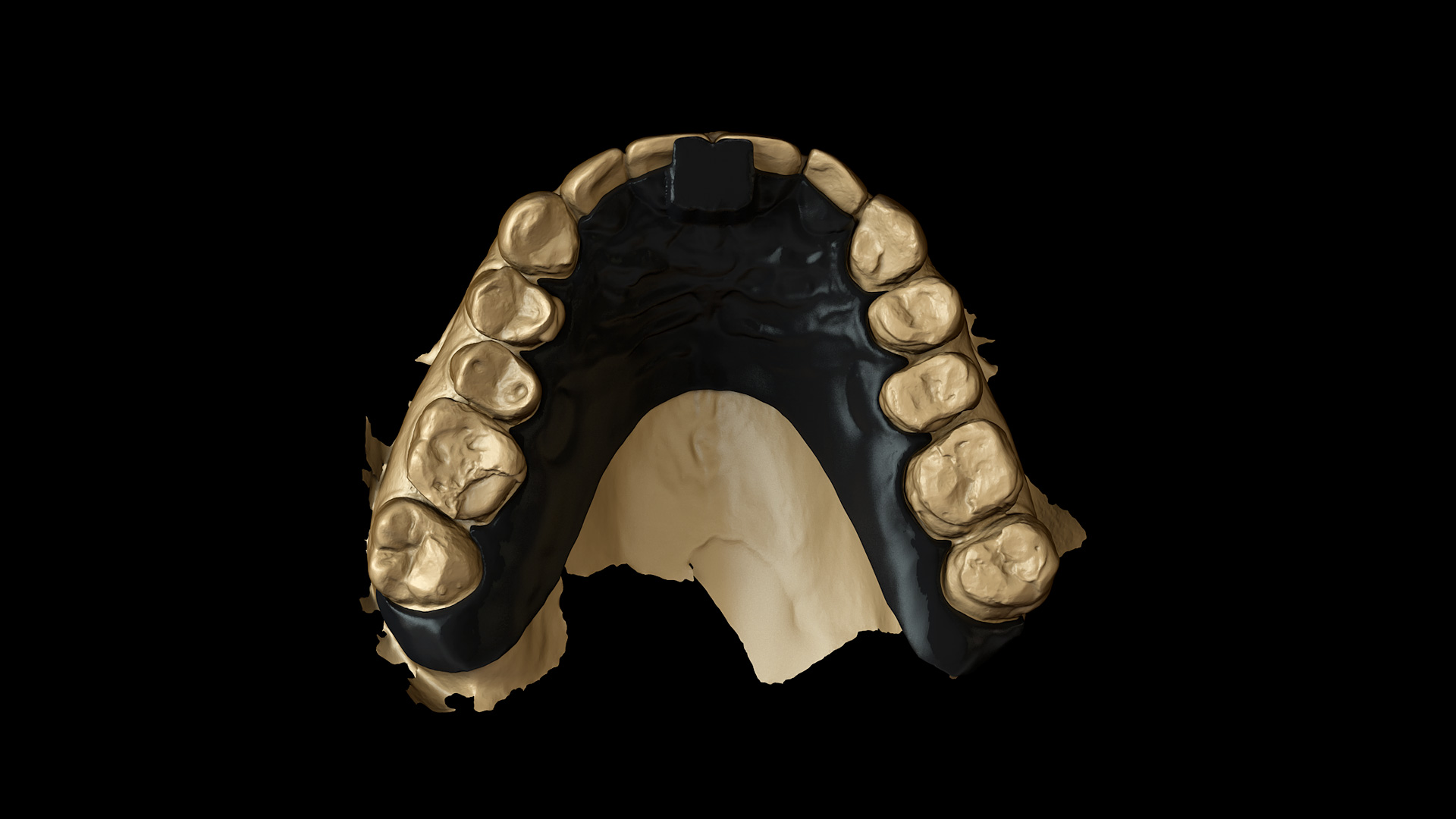
Soft tissue recontouring
Soft tissue reduction guides are also used to make sure that we accurately reproduce the cervical aspect of the shapes we choose to copy. The bone reduction is done flapless using an ultrasonic device ( CV DENTUS ), reestablishing the biological width.

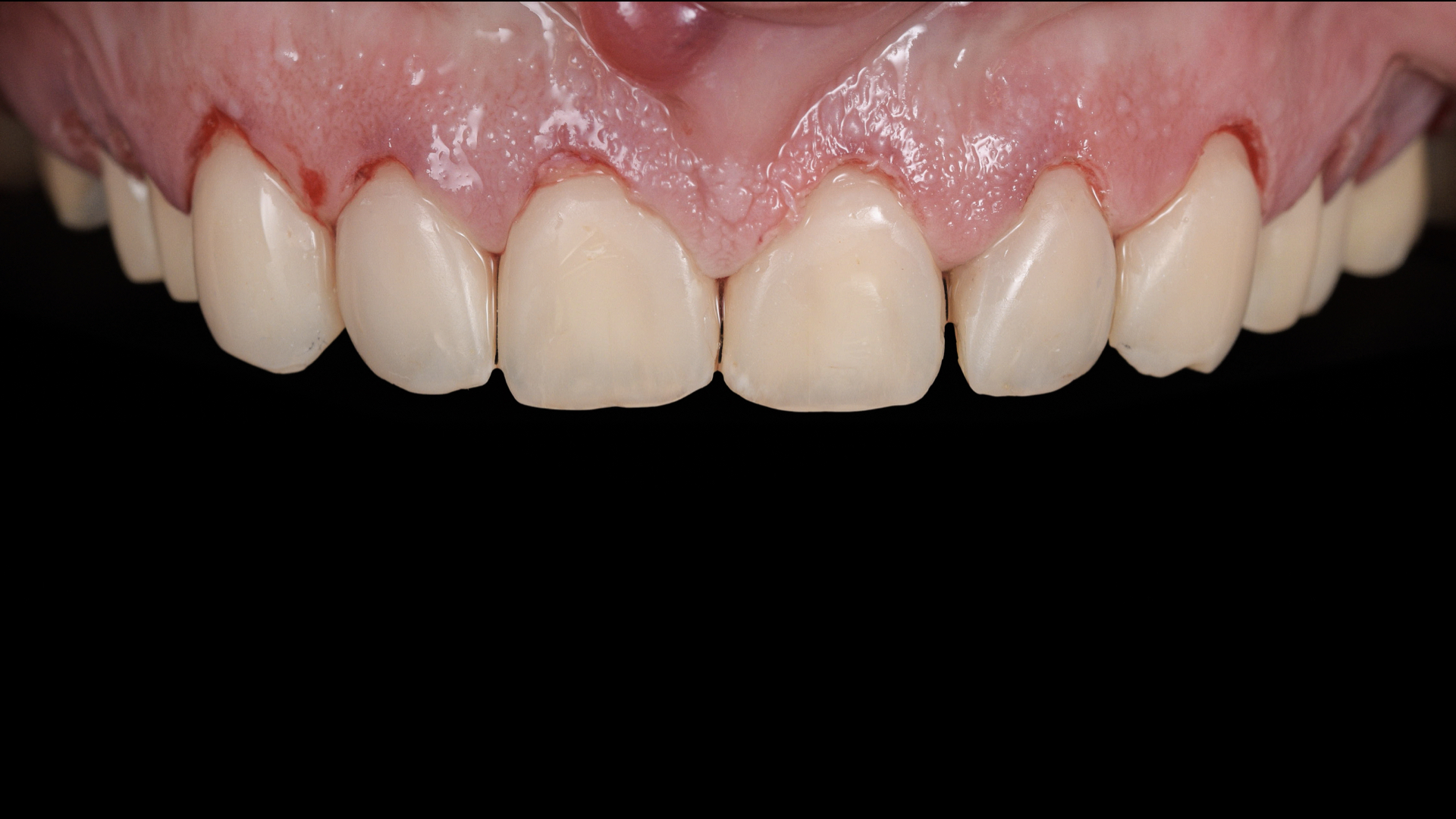
Tooth preparation
Before preparation we would isolate with rubber dam, remove caries, old composites, and replace it with good sealing fresh resin. Preparations aim to be minimal thickness in relation to final design, so silicone reduction guides are used to guide both pre-preparation and final reduction.
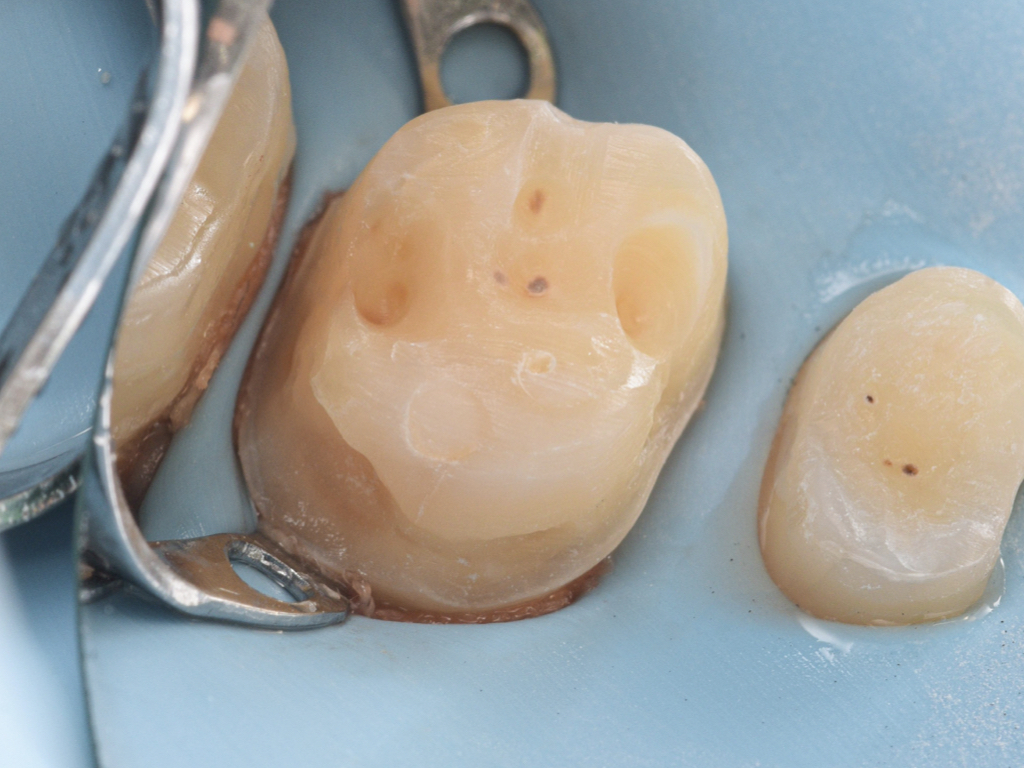



Manufacturing restorations
Technician will import the preparation scans into the same project where he did the final mockup design and align them. She will then generate final restoration, aiming to preserve the library shapes / design chosen by patient. Restorations are milled in Empress cad multi, and minimally stained using Ivocolor kit. ( Ivoclar Vivadent )
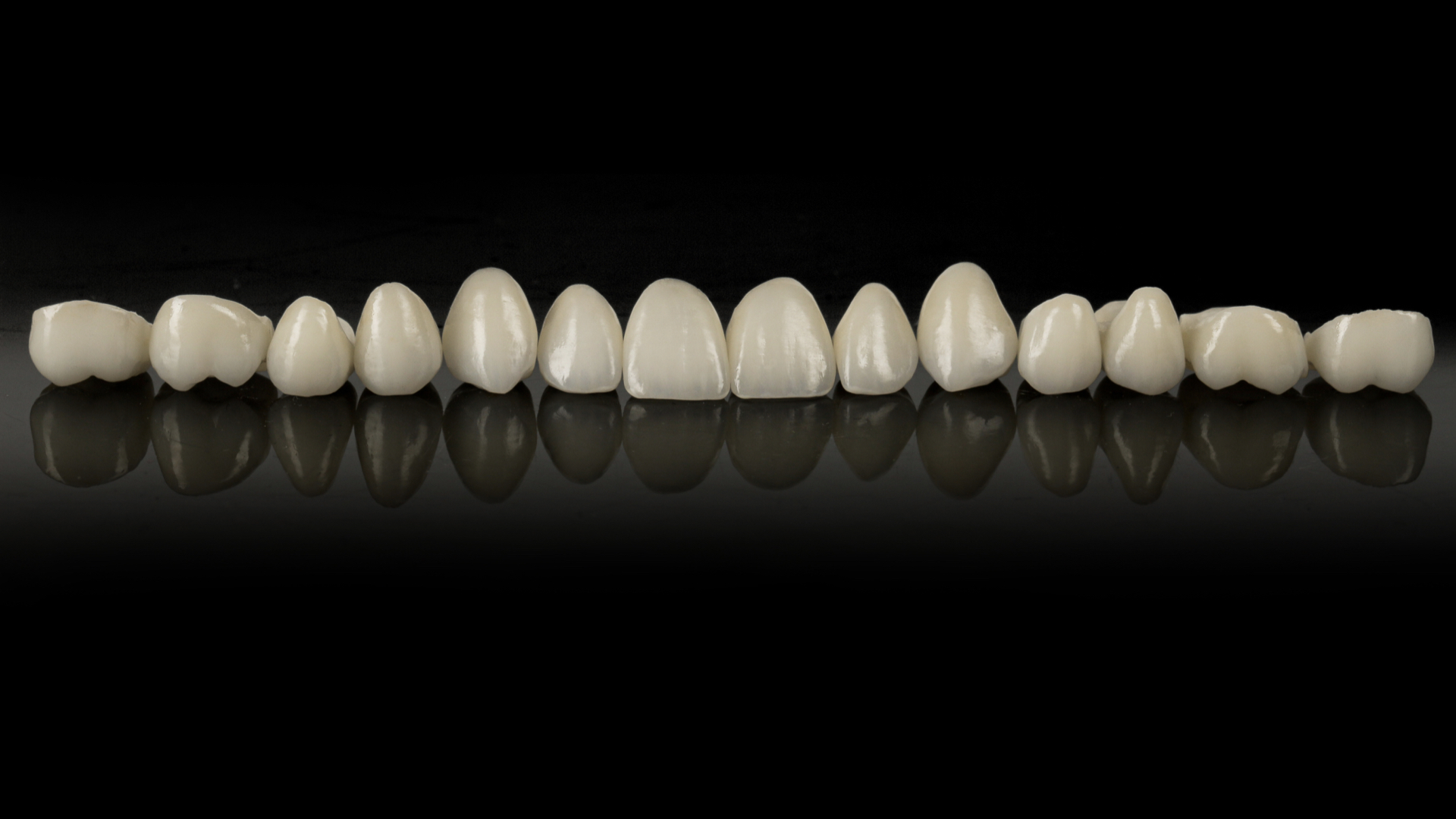
Bonding and final thoughts
Rubber dam isolation is followed by sandblasting, and the adhesive protocol. Little to no adjustments have been done to final occlusion of this case, even though all occlusal scheme was changed, including vertical dimension. This case highlights the precision that can be achieved when all these new technologies are puzzled together in a solid workflow.

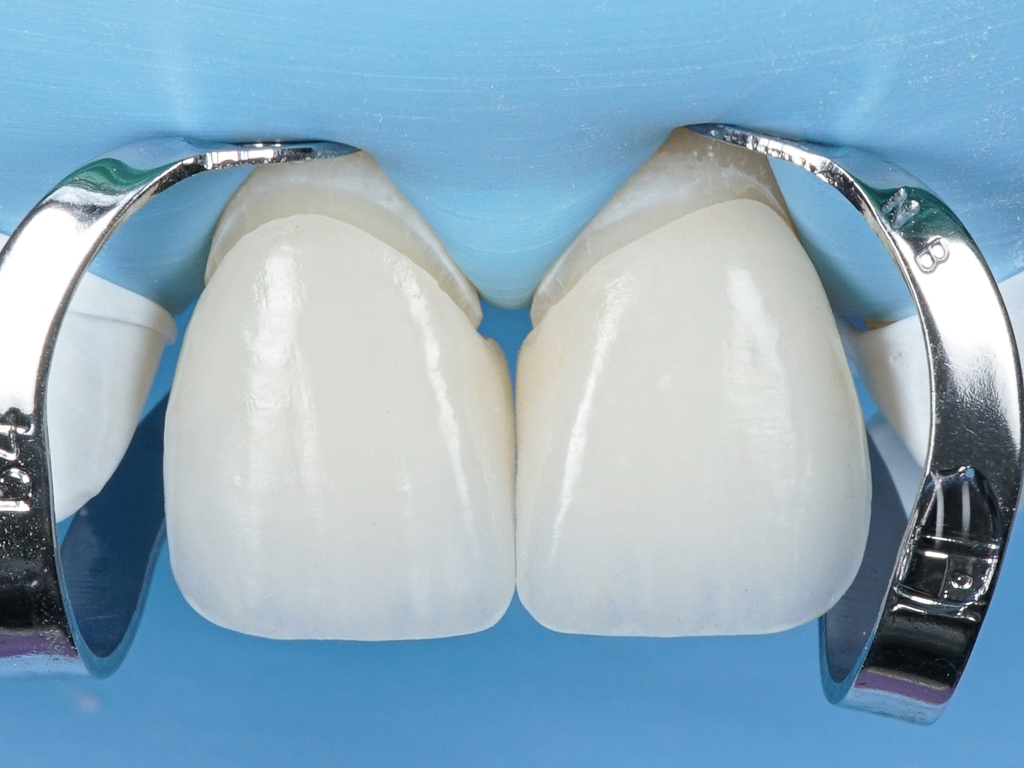
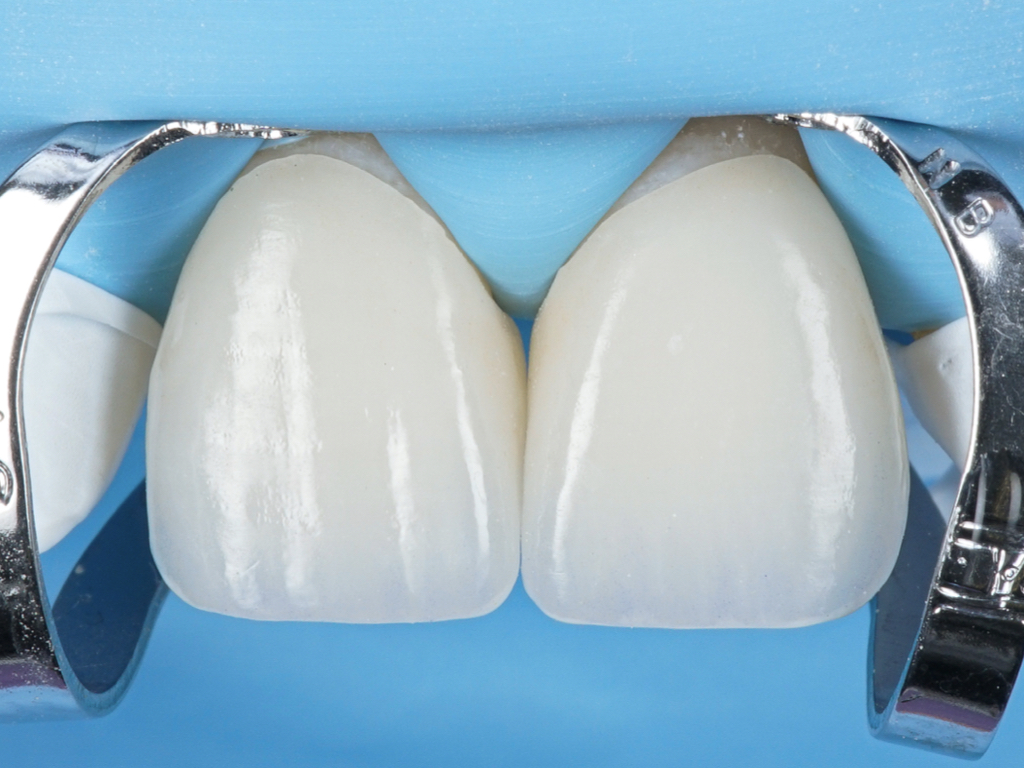
Post bonding
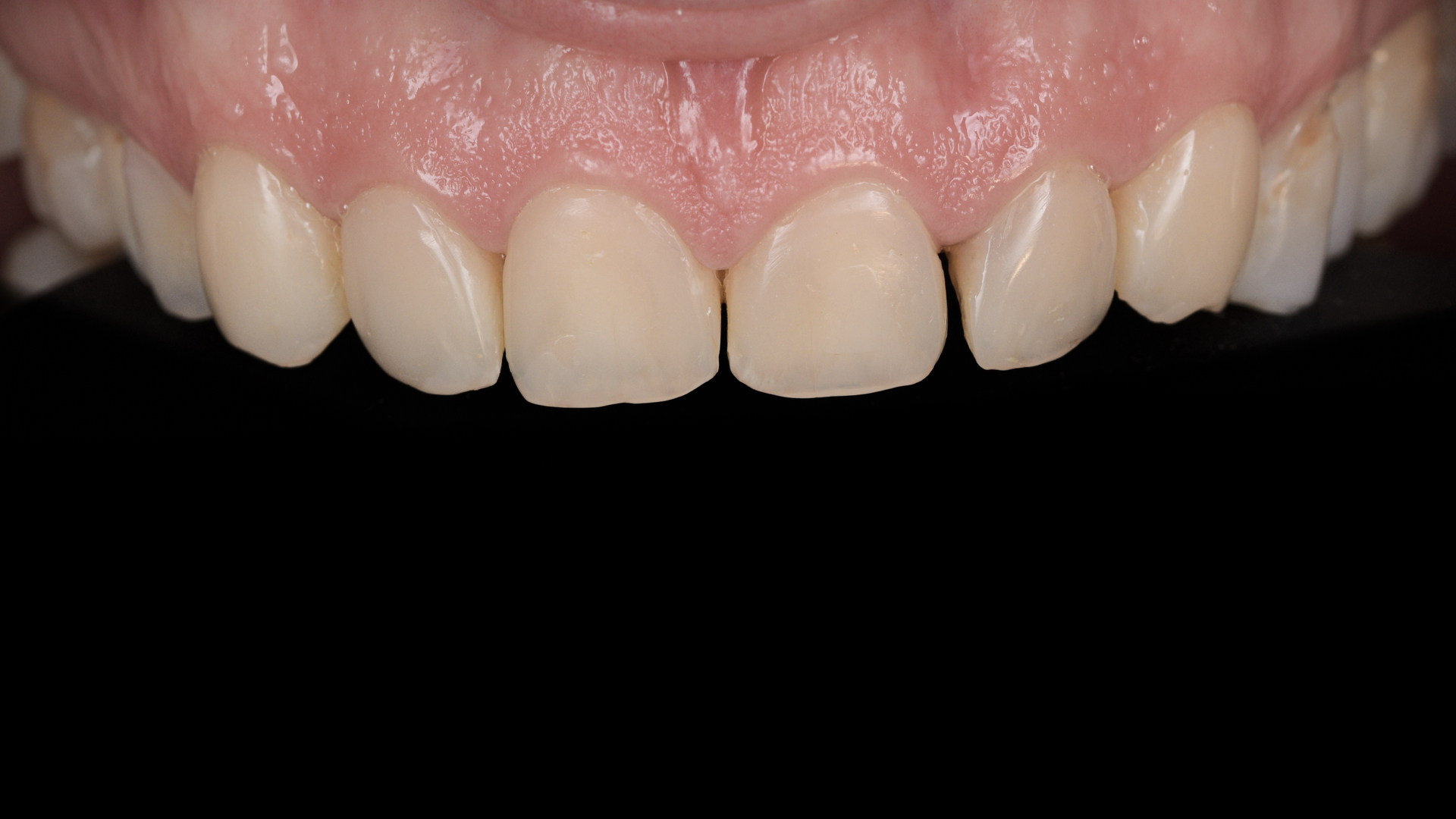
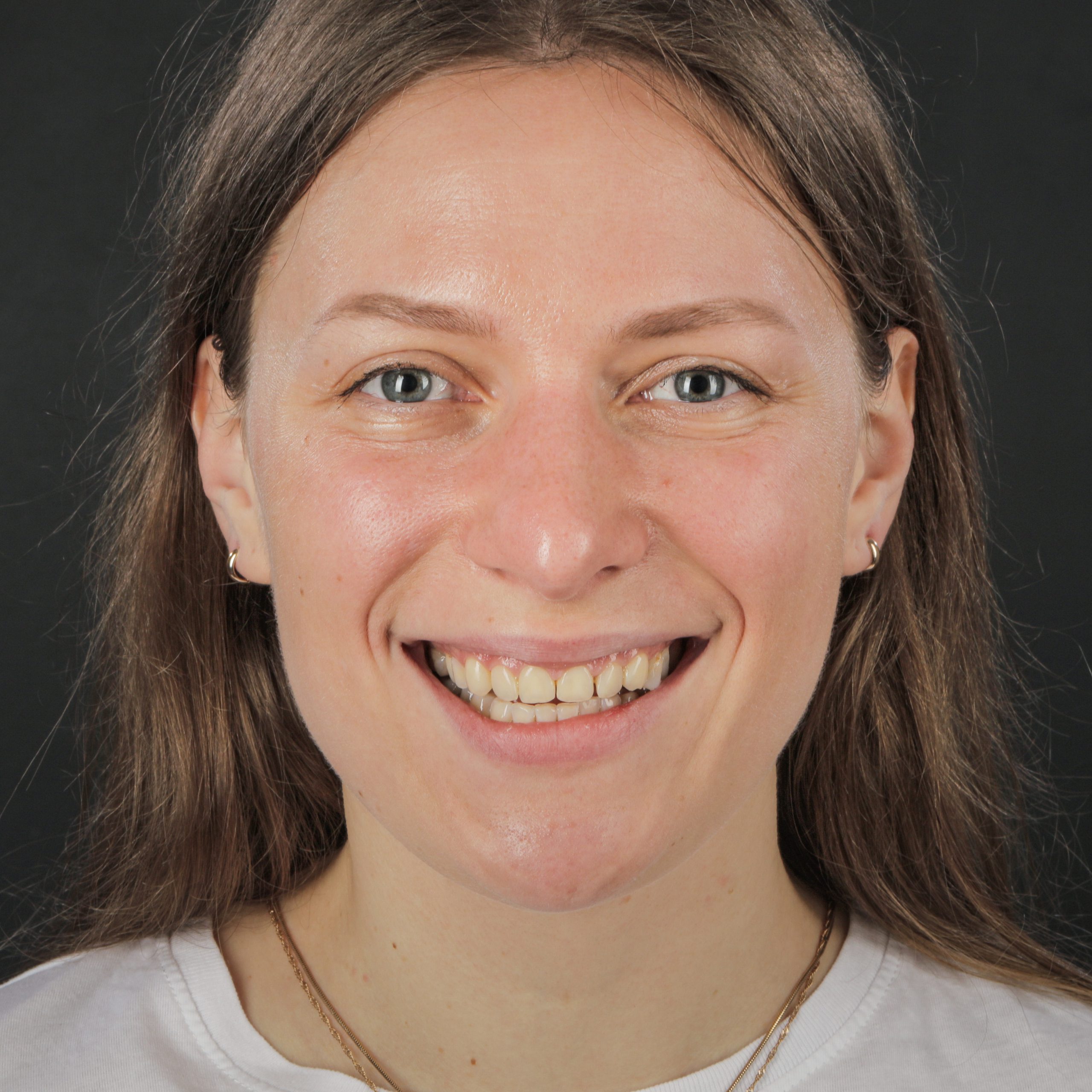
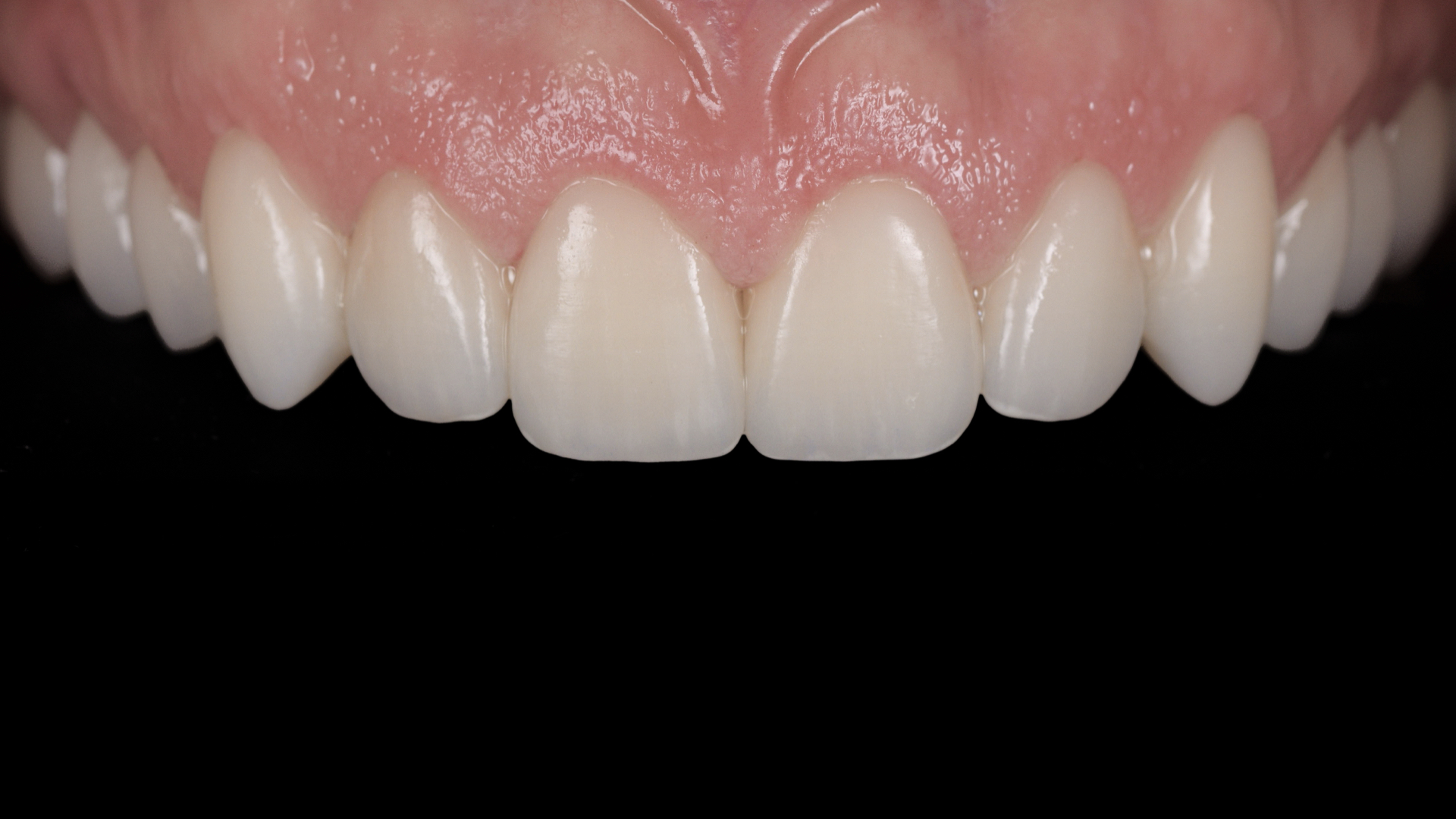

Treatment Team
This case was treated at the Dentcof Clinic – Timisoara (Romania) by: Florin Cofar DDS, Ioan Cofar DDS, Ioana Popp CDT, Venceslav Stankov DDS, Anatoliy Tokar DDS.



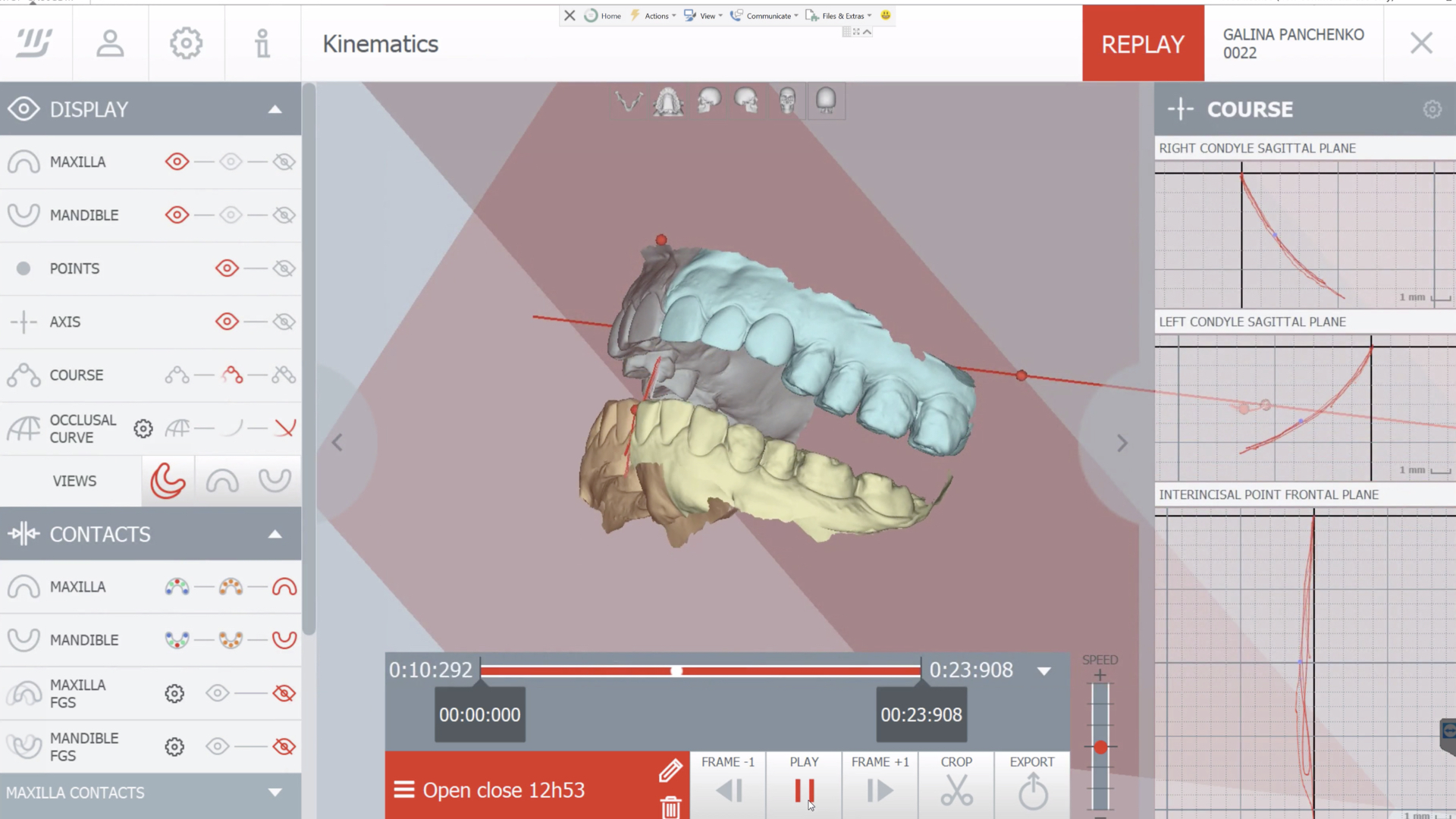

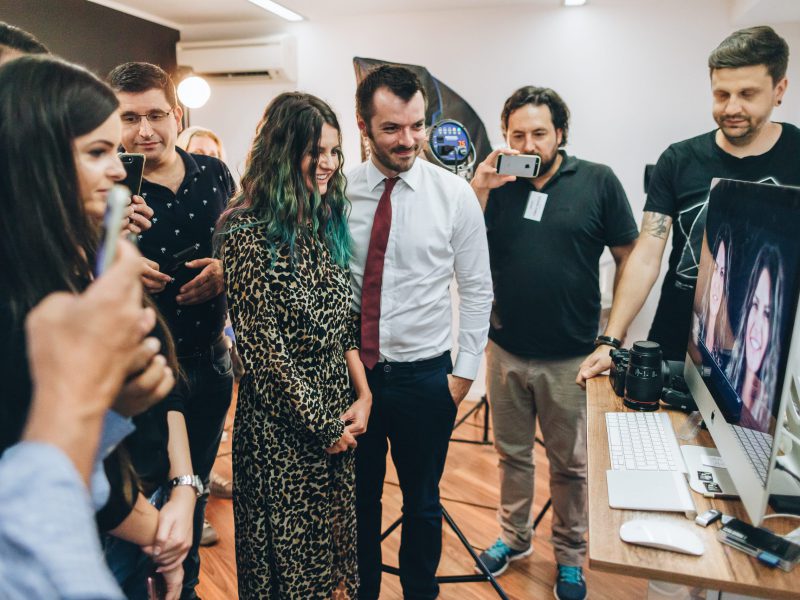
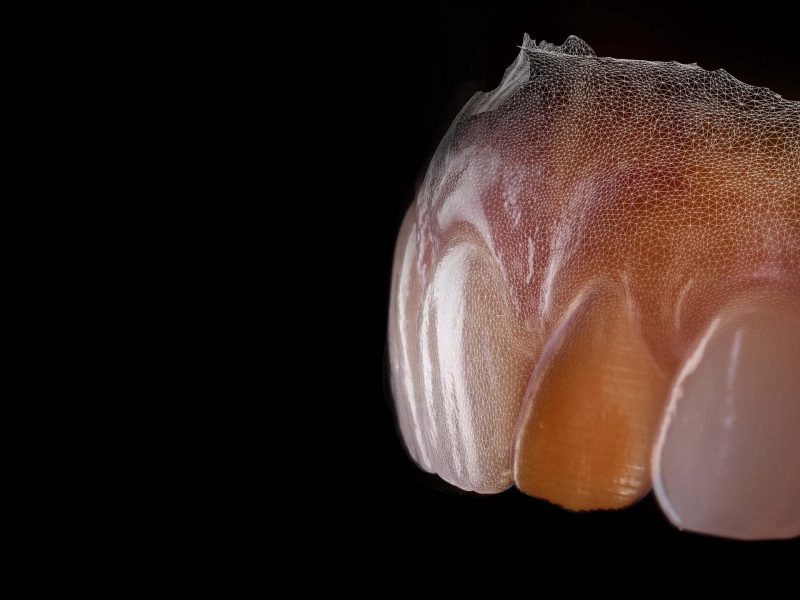
Syamsiar Adam
New approach, very good innovation, perfect resul.